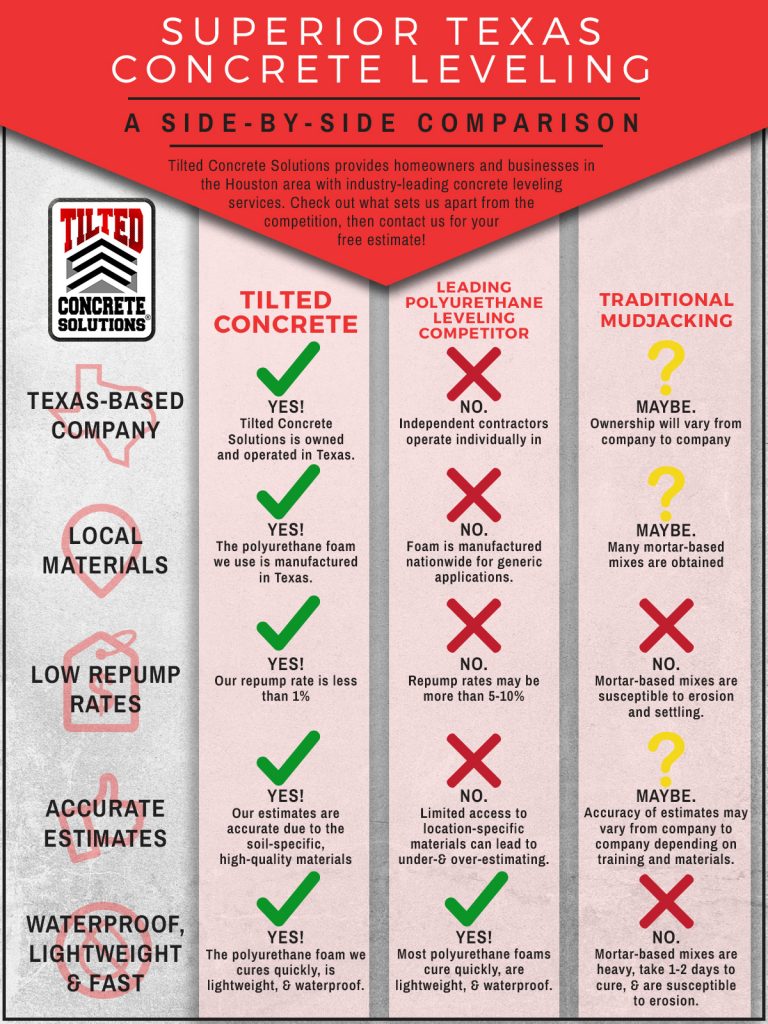Vital Seasonal Aspects Of Commercial Exterior Paint: What You Must Comprehend
Vital Seasonal Aspects Of Commercial Exterior Paint: What You Must Comprehend
Blog Article
Write-Up Developed By-Ford Rosendal
When you're preparing a commercial external painting task, seasonal factors can make or break your outcomes. You'll intend to consider just how temperature and moisture effect paint application and drying out times. Choosing the right period can guarantee your paint sticks appropriately and lasts longer. Yet which periods are really the best for this sort of job? Let's explore the crucial elements that can influence your task's success.
The Effect of Temperature Level on Paint Application
When you're preparing a commercial external painting project, the temperature can dramatically affect how well the paint sticks and dries out.
Ideally, you wish to repaint when temperatures range in between 50 ° F and 85 ° F. If it's too cold, the paint may not heal properly, bring about concerns like peeling or splitting.
On the flip side, if it's as well warm, the paint can dry too swiftly, stopping correct adhesion and leading to an irregular finish.
You must additionally think about the moment of day; early morning or late afternoon supplies cooler temperature levels, which can be extra desirable.
Constantly inspect the supplier's referrals for the particular paint you're utilizing, as they commonly provide advice on the ideal temperature level variety for optimal outcomes.
Moisture and Its Effect on Drying Times
Temperature level isn't the only environmental variable that influences your industrial external paint job; humidity plays a significant role as well. High moisture levels can slow down drying times significantly, influencing the general top quality of your paint work.
When the air is saturated with wetness, the paint takes longer to heal, which can bring about issues like poor bond and a greater threat of mold growth. If you're painting on an especially damp day, be planned for extensive wait times in between layers.
https://holdenfrblv.blogozz.com/33477878/seeking-exceptional-house-painters-discover-the-essential-techniques-for-transforming-your-home-magnificently-and-boosting-your-property-worth-by-as-long-as-7 to keep an eye on regional weather conditions and strategy as necessary. Preferably, go for moisture levels between 40% and 70% for optimal drying out.
Maintaining these factors in mind ensures your project remains on track and delivers a lasting coating.
Best Seasons for Commercial Exterior Paint Projects
What's the most effective time of year for your commercial exterior paint jobs?
Springtime and early autumn are generally your best choices. Throughout these periods, temperatures are moderate, and humidity degrees are often lower, developing perfect conditions for paint application and drying out.
Avoid summer's intense heat, which can cause paint to completely dry too swiftly, causing bad adhesion and finish. Likewise, wintertime's chilly temperatures can impede appropriate drying and treating, running the risk of the long life of your paint work.
Go for days with temperatures between 50 ° F and 85 ° F for optimal results. Remember to inspect the regional weather prediction for rain, as damp problems can spoil your job.
Preparation around these aspects guarantees your paint job runs efficiently and lasts longer.
Conclusion
To conclude, intending your commercial external paint jobs around seasonal considerations can make a significant difference in the end result. By scheduling job throughout the suitable temperatures and moisture levels, you'll make sure better adhesion and drying times. Keep in mind to keep an eye on regional weather prediction and choose the right time of year-- springtime and very early fall are your best choices. Taking exterior painting solutions fort worth tx will help you attain a resilient and specialist finish that lasts.
